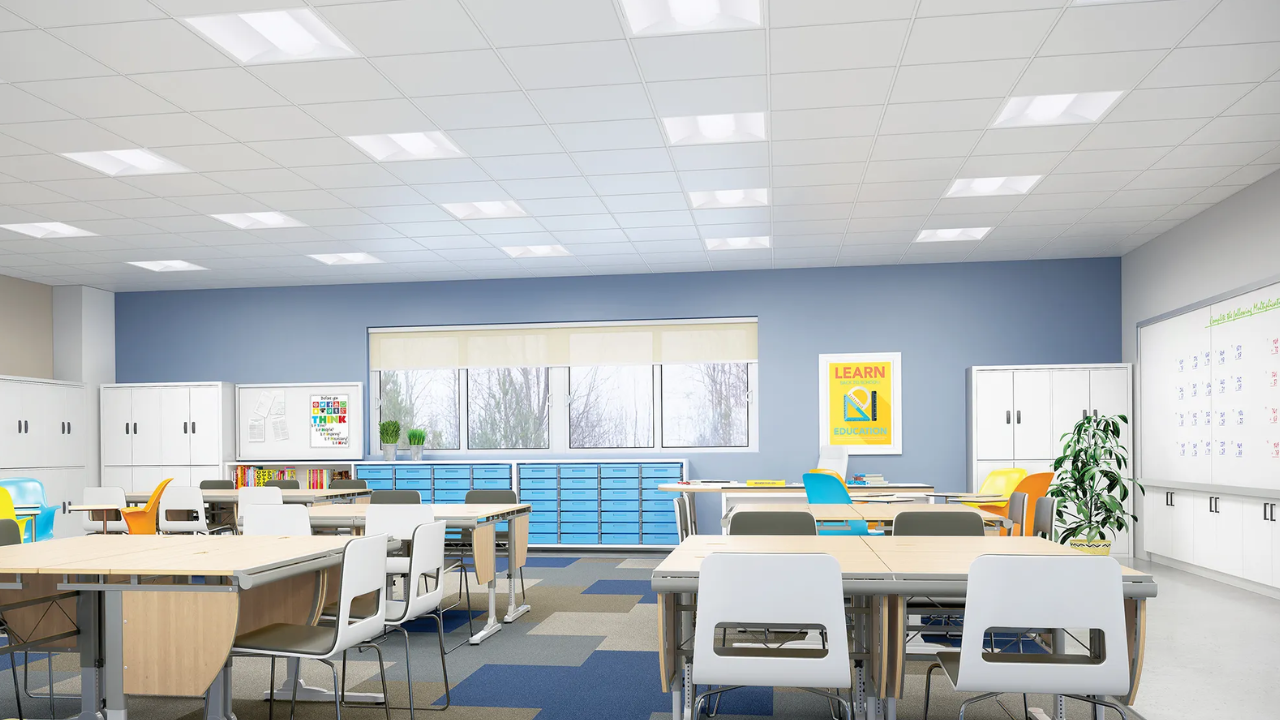Dusk-to-dawn lights are outdoor lighting fixtures equipped with sensors that automatically activate based on ambient light levels. These lights are programmed to turn on at dusk (evening) and off at dawn (morning), following the natural cycle of daylight. The photocell sensor, which detects changes in light intensity, is the most important component of these lights.
The photocell detects the amount of natural light and, as the day progresses into night, illuminates the light fixture. This automatic method ensures that outdoor areas are well-lit during the night for safety, security, and visibility. Furthermore, dusk-to-dawn lights help to conserve energy by only turning on when needed, reducing wasteful power consumption.
Dusk-to-dawn lighting improves security by discouraging attackers and creating a well-lit area for observation. They are widely used for lighting driveways, walks, building perimeters, and other outside spaces. Dusk to Dawn lights are a practical and energy-efficient alternative for a variety of outdoor lighting applications because they eliminate the need for manual control while providing consistent, automatic lighting.
The Resilience of Outdoor Dusk-To-Dawn Lights
Outdoor dusk-to-dawn lights are a popular and useful lighting solution that provides illumination from evening until morning while dynamically altering based on ambient light levels. These lights are designed to resist a wide range of weather conditions, assuring reliable performance and durability. In this article, we look at the durability of outdoor dusk-to-dawn lights, including the weather conditions they can withstand.
Water and Rain Resistance
Outdoor dusk-to-dawn lights have outstanding water and weather resistance, which is a fundamental component of their robustness. These lights are constructed with sealed casings and gaskets to prevent moisture infiltration. They have Ingress Protection (IP) ratings, which ensure durability against diverse weather conditions and good operation even during rainy and damp weather.
Snow and Ice
Outdoor dusk-to-dawn lights exhibit robust resilience to snow and ice, which is crucial for their effective performance in wintry conditions. Engineered to endure freezing temperatures, these lights incorporate designs that prevent the accumulation of snow or ice on fixtures. This ensures uninterrupted visibility and operation, making them reliable choices for outdoor lighting in regions experiencing cold weather and inclement winter conditions.
Extreme Temperatures
The resilience of outdoor dusk-to-dawn lights extends to their capacity to withstand extreme temperatures. Crafted with heat sinks and efficient thermal management systems, these lights endure both scorching heat and cold. These design elements dissipate heat effectively, preventing damage to internal components during prolonged exposure to high temperatures and ensuring the lights maintain optimal functionality in various environmental conditions.
UV Resistance
Outdoor dusk-to-dawn lights exhibit impressive UV resistance, safeguarding them against the sun’s harmful ultraviolet rays. Crafted with UV-resistant coatings and materials, these lights withstand prolonged sun exposure without discoloration, yellowing, or material degradation. This feature ensures the lights maintain their appearance and functionality over time, making them durable choices for outdoor applications in locations with intense sunlight.
Wind and Storms
Outdoor dusk-to-dawn lights are highly resilient to heavy winds and storms. These lights are made of durable materials and have tight mounting methods that keep them in place even in harsh weather conditions. Proper installation, including safe fastening to structures or poles, improves their capacity to endure high winds. This robustness ensures that dusk-to-dawn lights work consistently in outdoor settings, even in places prone to inclement weather.
Corrosion Resistance
Corrosion resistance is a key feature of outdoor dusk-to-dawn lights, especially in coastal or humid climates. These lights are made of corrosion-resistant materials such as stainless steel or aluminum alloys, which can withstand exposure to salt in the air. Additional corrosion-resistant coatings safeguard the lights from deterioration, increasing their longevity and making them perfect for coastal or high-humidity installations.
Conclusion
Durability and resilience are key considerations when designing outdoor dusk-to-dawn lighting. These lights are designed to offer constant and dependable illumination in a variety of settings. As technology advances, manufacturers continue to improve the design and materials used in outdoor lighting, guaranteeing that dusk-to-dawn lights not only endure the elements but also contribute to energy efficiency and increased outside visibility.
